Metal Injection Molding of High Density Tungsten Alloy
- Details
- Category: Tungsten Information
- Published on Thursday, 25 March 2021 23:01

The cost of traditional high density tungsten alloy is high, as 3C industry begins to use small-size high density W-alloy part as counterweight material, higher requirement is put forward for the forming technology of high density W-alloy. Therefore metal powder injection molding (MIM) technology appears, it is a new near net forming technology for part, which combines plastic injection molding technology with powder metallurgy technology, it can effectively promote the wide use of high density W-alloy materials in 3C and other high-tech industries.
Fracture Failure of High Density Tungsten Alloy
- Details
- Category: Tungsten Information
- Published on Thursday, 25 March 2021 22:53
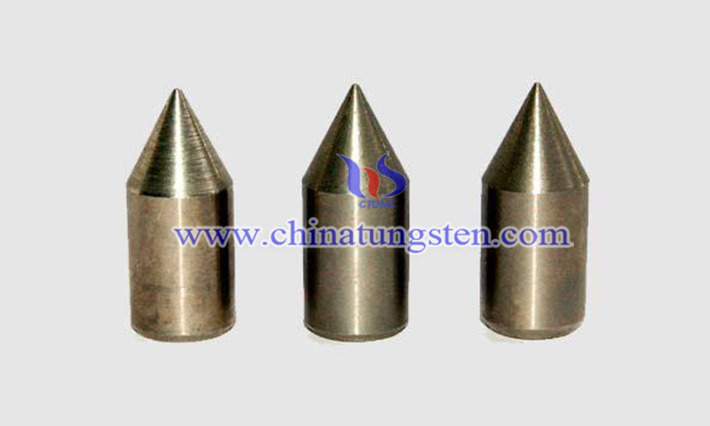
High density tungsten alloy has excellent mechanical property, anti burning property and absorption ability to radiation. Therefore, it is used in explosive parts such as armor piercing bomb. Normally, the part should keep well after impacted by the front end explosion, but in the test, the component breaks without external force.
How to Make Tungsten Carbide Preparation
- Details
- Category: Tungsten Information
- Published on Friday, 12 March 2021 23:12

Tungsten carbide (chemical formula WC) is the compound made up of tungsten and carbon, following will show the preparation procedure. The molecular formula is WC and the molecular weight is 195.85, which is black hexagonal crystal with metallic luster and has similar hardness to diamond. It is a good conductor of electricity and heat.
Preparation of Molybdenum Carbide
- Details
- Category: Tungsten Information
- Published on Friday, 12 March 2021 23:00
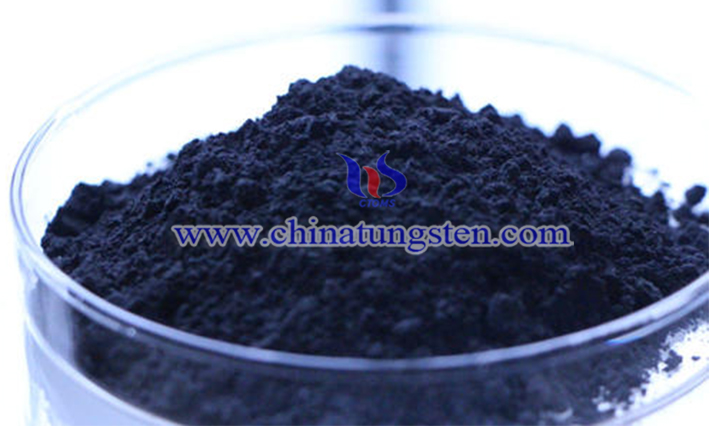
Molybdenum carbide (chemical formula MoC) has the characteristics of high melting point, hardness, good thermal, fine mechanical stability and excellent corrosion resistance.
Preparation Methods of Molybdenum Carbide
- Details
- Category: Tungsten Information
- Published on Friday, 12 March 2021 22:55
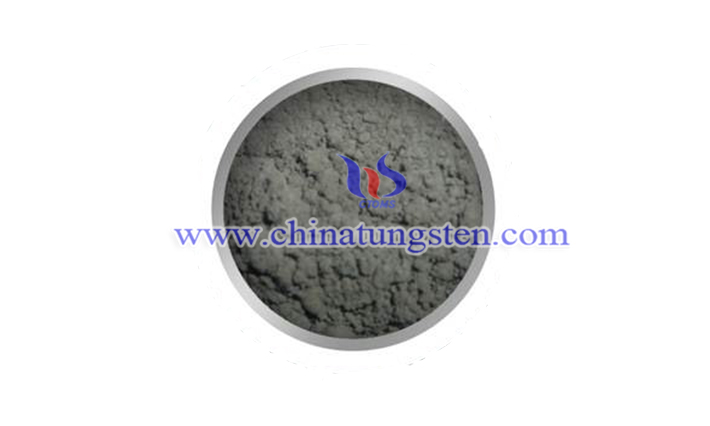
With the development of chemical engineering technology, there are a series of synthesis methods used to produce nanometer scale pure molybdenum carbide (chemical formula MoC) , the followings are five common preparation methods:
Influence of Impurity Elements on Tungsten Alloys Properties
- Details
- Category: Tungsten Information
- Published on Wednesday, 10 March 2021 17:34
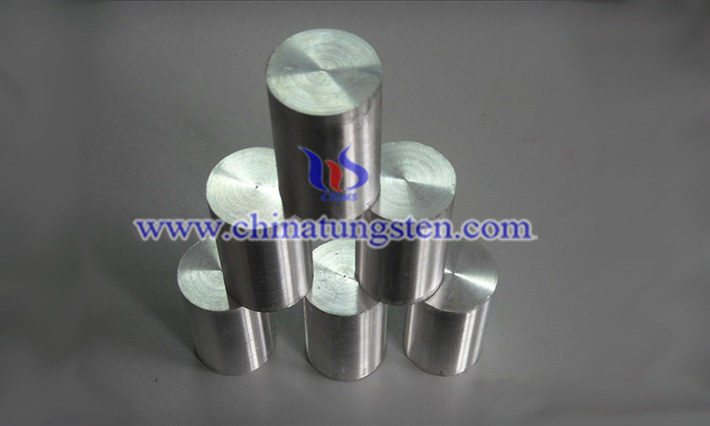
Impurity elements in tungsten alloys include H, O, C, N, P, S, and Si. Because these elements have small atomic radii, and strong diffusivity in alloys, they are more likely to be in the grain boundaries and phases. Segregation occurs in places with higher energy such as the boundary, and the increase in value generates brittle phases, thereby reducing the performance of the alloy and influence tungsten alloys properties.
Tungsten Electrodes Tip Shapes and Welding Current
- Details
- Category: Tungsten Information
- Published on Tuesday, 09 March 2021 16:16

Tungsten electrodes tip shapes can be flat, sharpened or rounded. Flat tip is cut by grinding wheel, molybdenum wire or machining. Sharpening is much more difficult. And both shapes and welding current will influence the life time of electrodes.
Influence Factors of Nanostructured Tungsten Trioxide Preparation
- Details
- Category: Tungsten Information
- Published on Monday, 08 March 2021 22:33
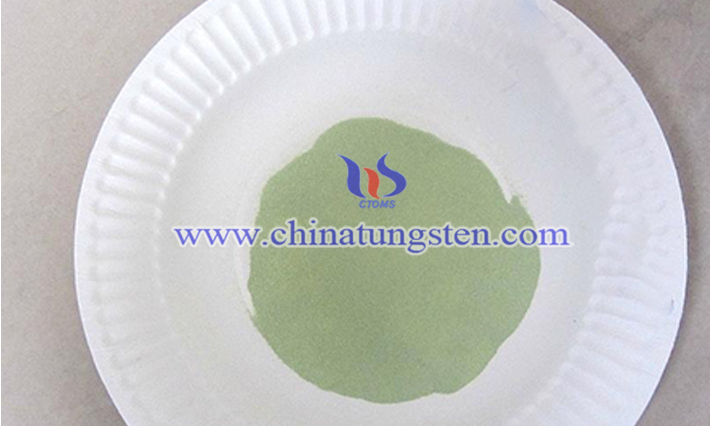
During the process of nanostructured WO3 synthesis it is found that citric acid content, system pH value before hydrothermal synthesis, hydrothermal reaction temperature and hydrothermal reaction time will have great influence on the product, therefore the following will focus on several influence factors affecting the phase and morphology of nanostructured WO3.
Liquid Phase Method for Preparing Nano Tungsten Trioxide
- Details
- Category: Tungsten Information
- Published on Monday, 08 March 2021 22:24

Liquid phase method is the most widely used method among many methods for synthesizing nano tungsten trioxide. Its advantage is that the nano structured WO3 particles are fine and evenly distributed, the content of the chemical components can be precisely controlled, the morphology of the nanostructured WO3 can be controlled by adjusting the morphology control agent, the synthetic process is simple, economical and good to mass production. There are four main methods including hydrothermal synthesis, sol-gel method, precipitation method and microemulsion method.
The Gas Sensitivity of Nano Plate Shaped Tungsten Trioxide
- Details
- Category: Tungsten Information
- Published on Monday, 08 March 2021 22:17
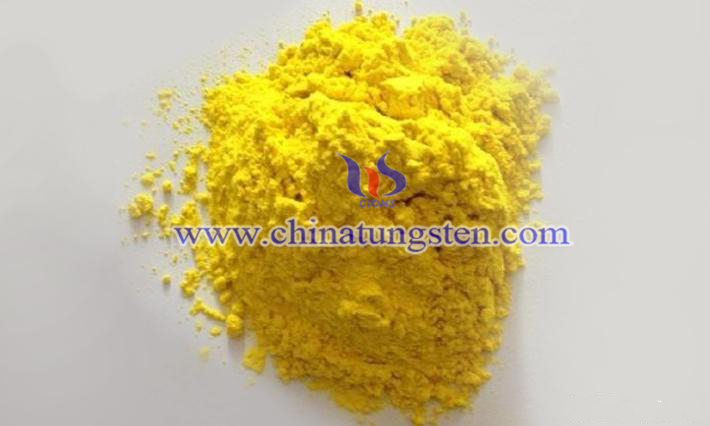
This article will discuss the gas sensitivity of nano plate shaped tungsten trioxide gas sensor at different concentration of ethanol gas, acetone gas, ammonia gas and formaldehyde gas in terms of temperature-sensitivity. As semiconductor material with good sensitivity to various toxic gases, nanostructured tungsten trioxide can effectively improve the sensitivity and response speed of gas sensors. The gas sensor using nanostructured tungsten trioxide as gas sensitive material can be done to make lower thickness detection of target gas, which can greatly decrease the harm of noxious gas to human health. Therefore, the research of nanostructured WO3 is good to make full use of its good semiconductor property, improve its value in the gas sensing field, and provide better semiconductor material.



 sales@chinatungsten.com
sales@chinatungsten.com